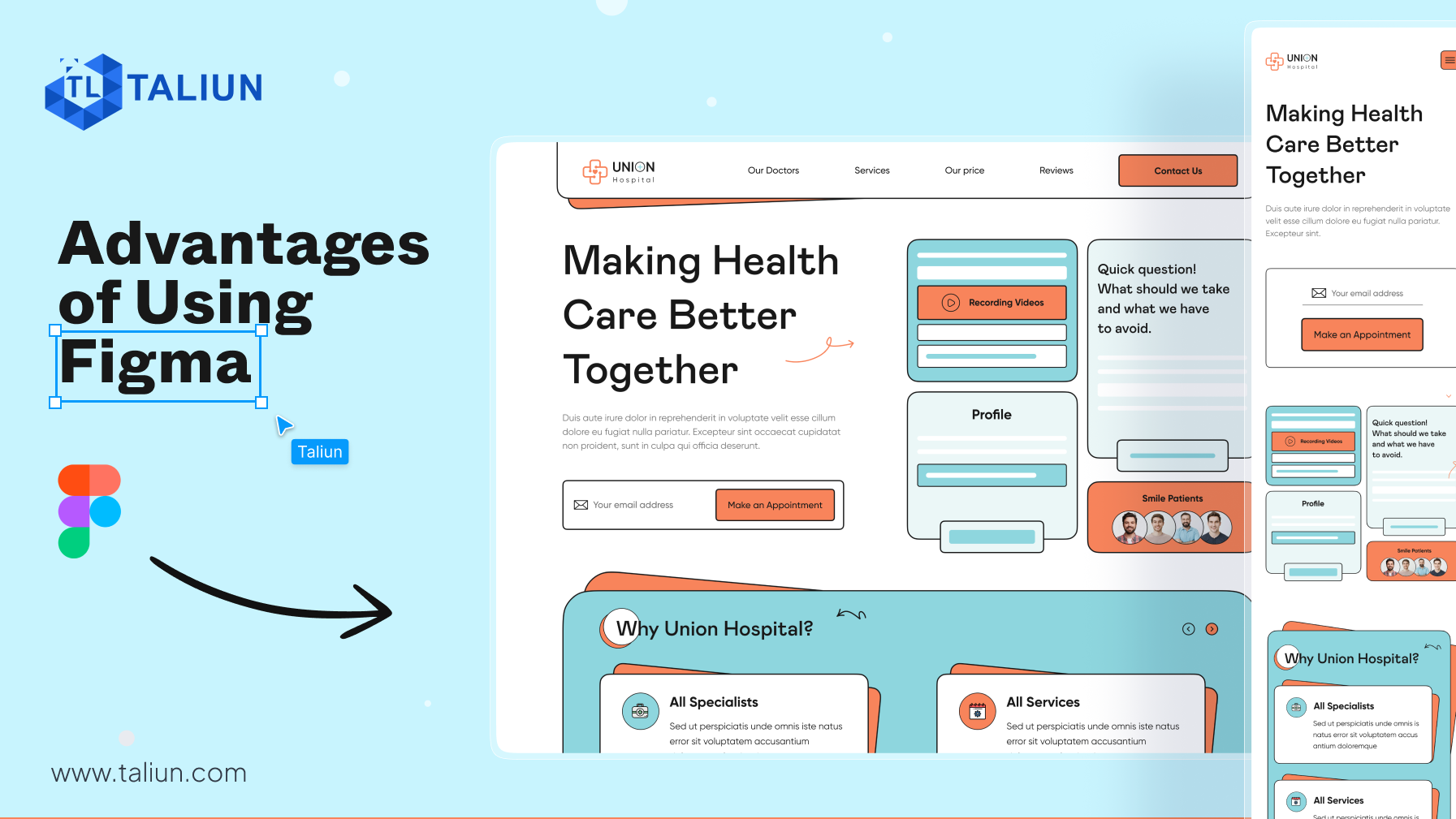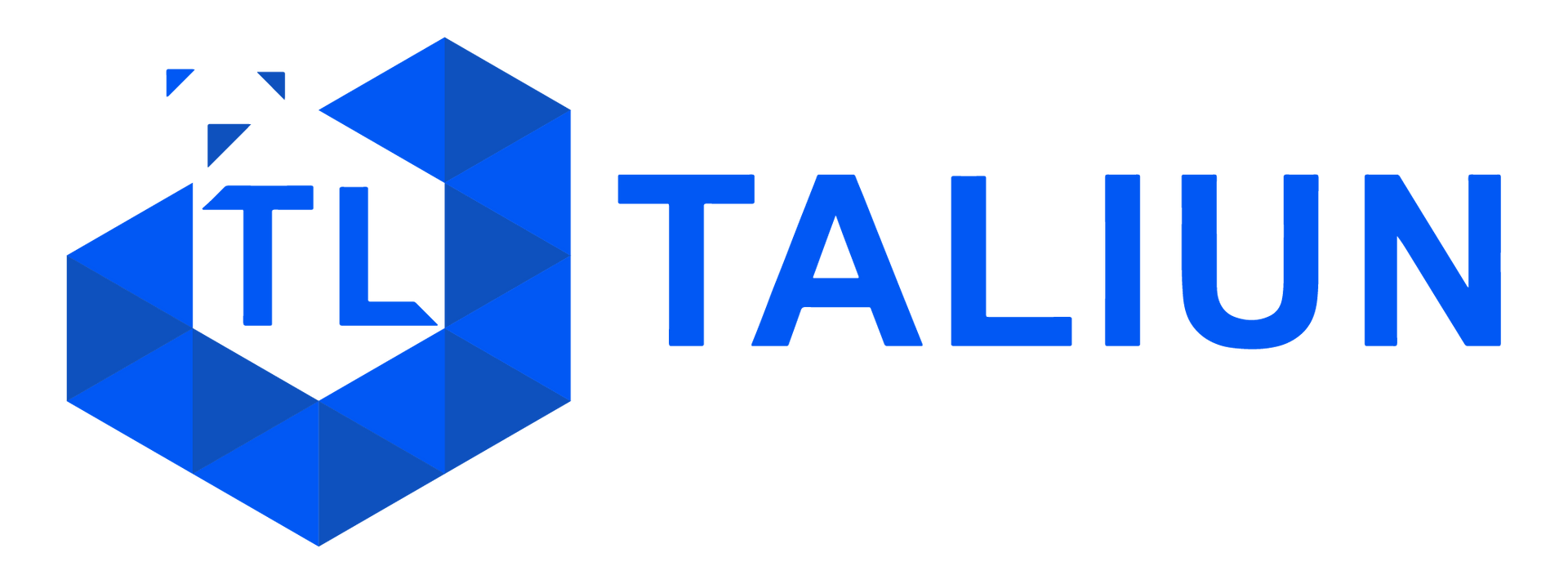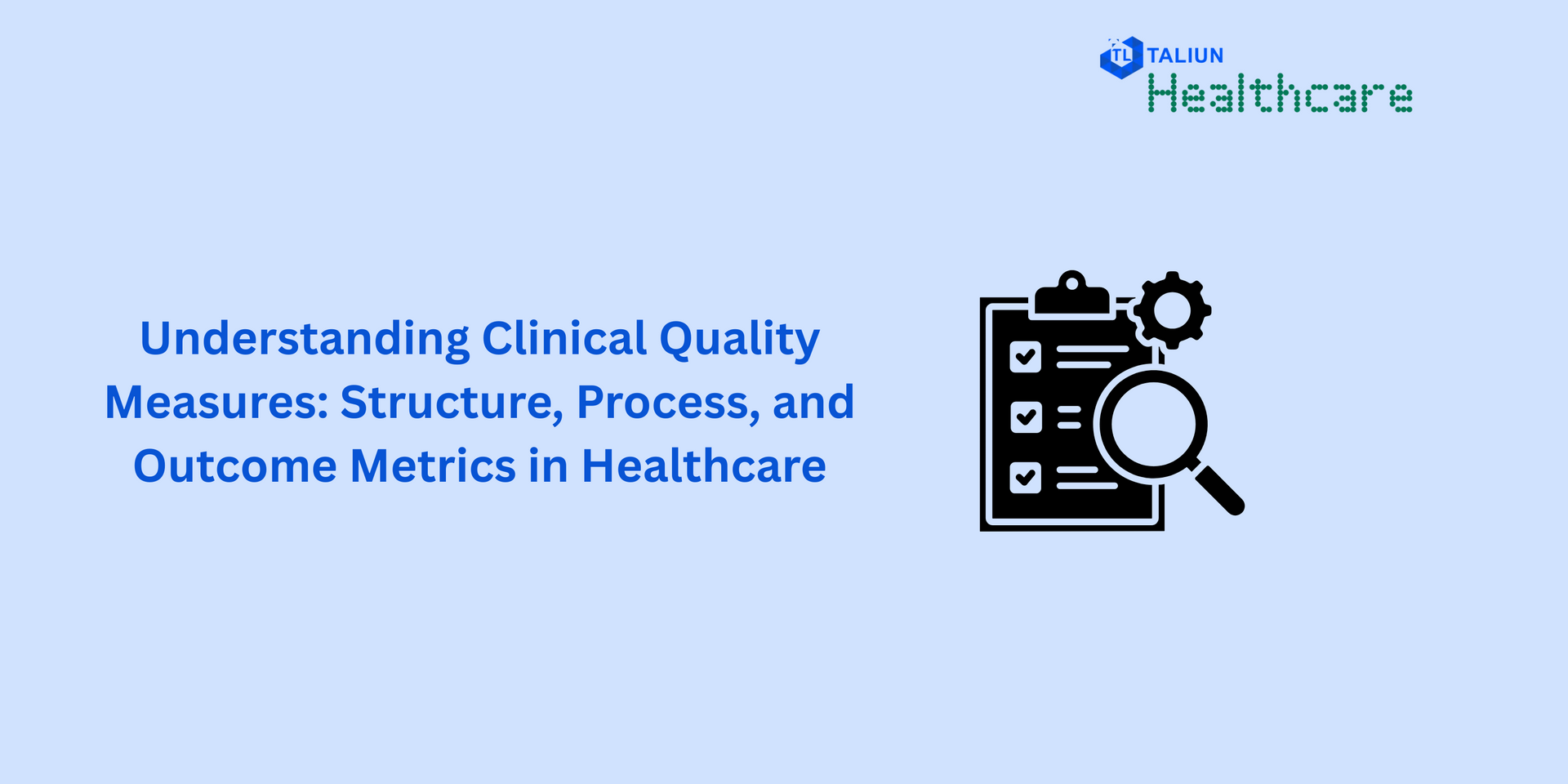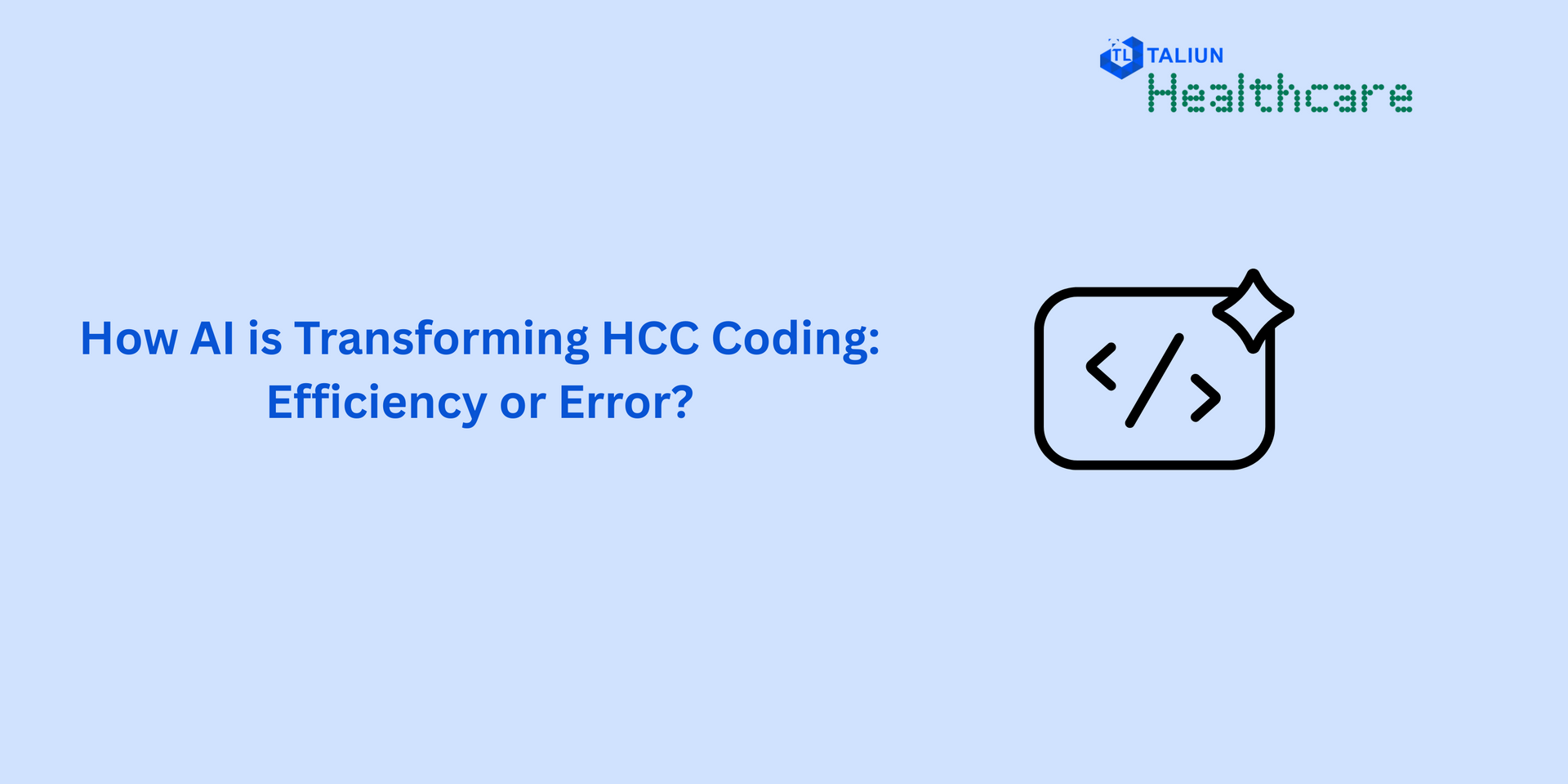Advantages of Using Figma for Building Health Integration and Interoperability Workflows

In the ever-evolving landscape of healthcare, effective integration and interoperability workflows are paramount to provide seamless patient care, optimize operations, and facilitate data exchange among diverse healthcare systems. To achieve this, healthcare professionals and software developers need a powerful and collaborative tool to design and visualize these workflows. Enter Figma - a versatile design platform that offers a unique and innovative approach to building health integration and interoperability workflows. In this blog, we will explore how Figma can be a game-changer in the healthcare industry by enabling the creation of efficient and user-friendly integration workflows.
1. Collaborative Design in Real-Time
Figma's cloud-based platform facilitates real-time collaboration, allowing healthcare teams, developers, and designers to work together on integration and interoperability workflows simultaneously. This feature eliminates the need for cumbersome file sharing and enables seamless collaboration, ensuring that all stakeholders can provide input and feedback in real-time.
2. User-Friendly Interface Design
Health integration and interoperability workflows often involve complex data exchange processes. With Figma's intuitive interface, designers can create user-friendly workflows that are easy to understand and navigate. This ensures that healthcare professionals can efficiently interact with the systems, reducing the learning curve and enhancing user satisfaction.
3. Component Libraries for Consistency
Figma's component libraries allow designers to create reusable elements, ensuring consistency across the entire workflow design. In healthcare, where adherence to standards and best practices is crucial, component libraries ensure that the integration and interoperability workflows adhere to industry standards and are easily scalable for future updates.
4. Prototyping for Enhanced User Testing
Figma's prototyping capabilities allow designers to create interactive prototypes of integration workflows. This empowers healthcare professionals to test and validate the workflows before they are implemented, enabling early identification of potential issues and opportunities for improvement.
5. Version Control for Iterative Design
Healthcare integration workflows may undergo frequent changes and updates. Figma's version control feature keeps track of design iterations, enabling teams to roll back to previous versions if needed. This ensures that design changes are managed efficiently, promoting a streamlined and iterative design process.
6. Integration with Developer Tools
Figma's integration with popular developer tools and platforms streamlines the handoff process between designers and developers. Design specifications can be directly exported, reducing the risk of miscommunication and expediting the implementation of the integration and interoperability workflows.
7. Secure and HIPAA Compliant
In the healthcare domain, data security and compliance with regulations like HIPAA are of utmost importance. Figma ensures data security through its robust encryption protocols and adherence to industry best practices, making it a viable option for healthcare organizations that prioritize data protection.
Conclusion
Building efficient health integration and interoperability workflows is vital to improve patient care and streamline healthcare operations. Figma's collaborative design capabilities, user-friendly interface, component libraries, prototyping features, version control, integration with developer tools, and security make it an ideal platform for creating these workflows. By leveraging Figma's power, healthcare professionals and software developers can work together seamlessly to design and implement integration solutions that enable data exchange among diverse healthcare systems, paving the way for a more connected and efficient healthcare ecosystem.
With Figma as a trusted ally in healthcare design, the industry is better equipped to tackle integration and interoperability challenges, ultimately improving patient outcomes and driving innovation in the field of healthcare. Embrace Figma's potential, and witness how it transforms your health integration workflows into a harmonious and effective system, delivering the best possible care to patients and healthcare providers alike.




